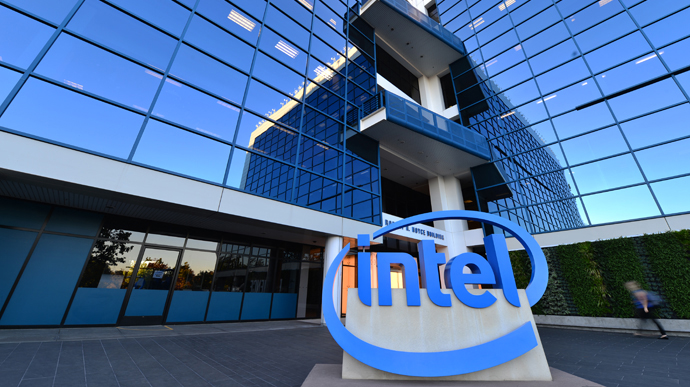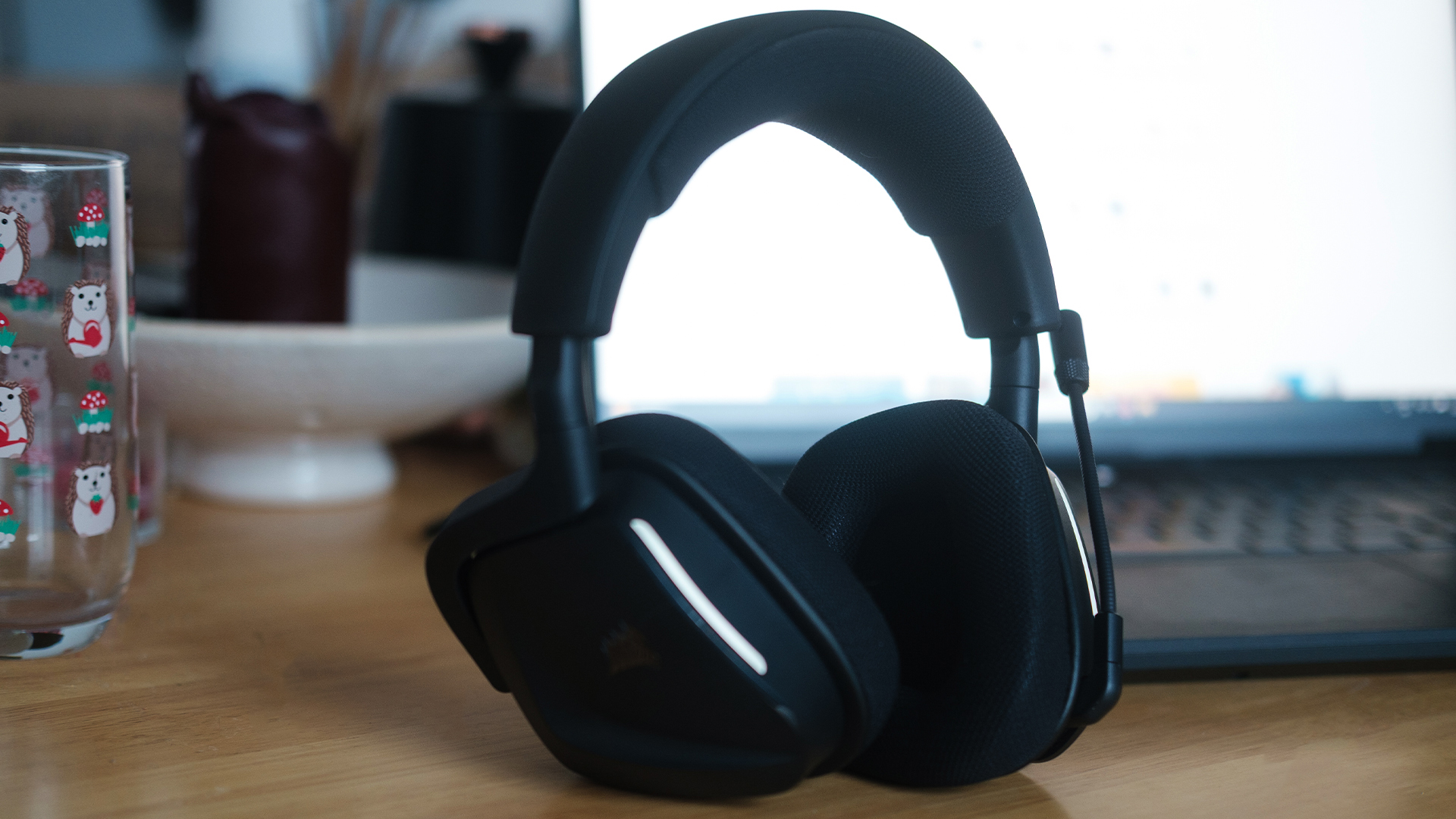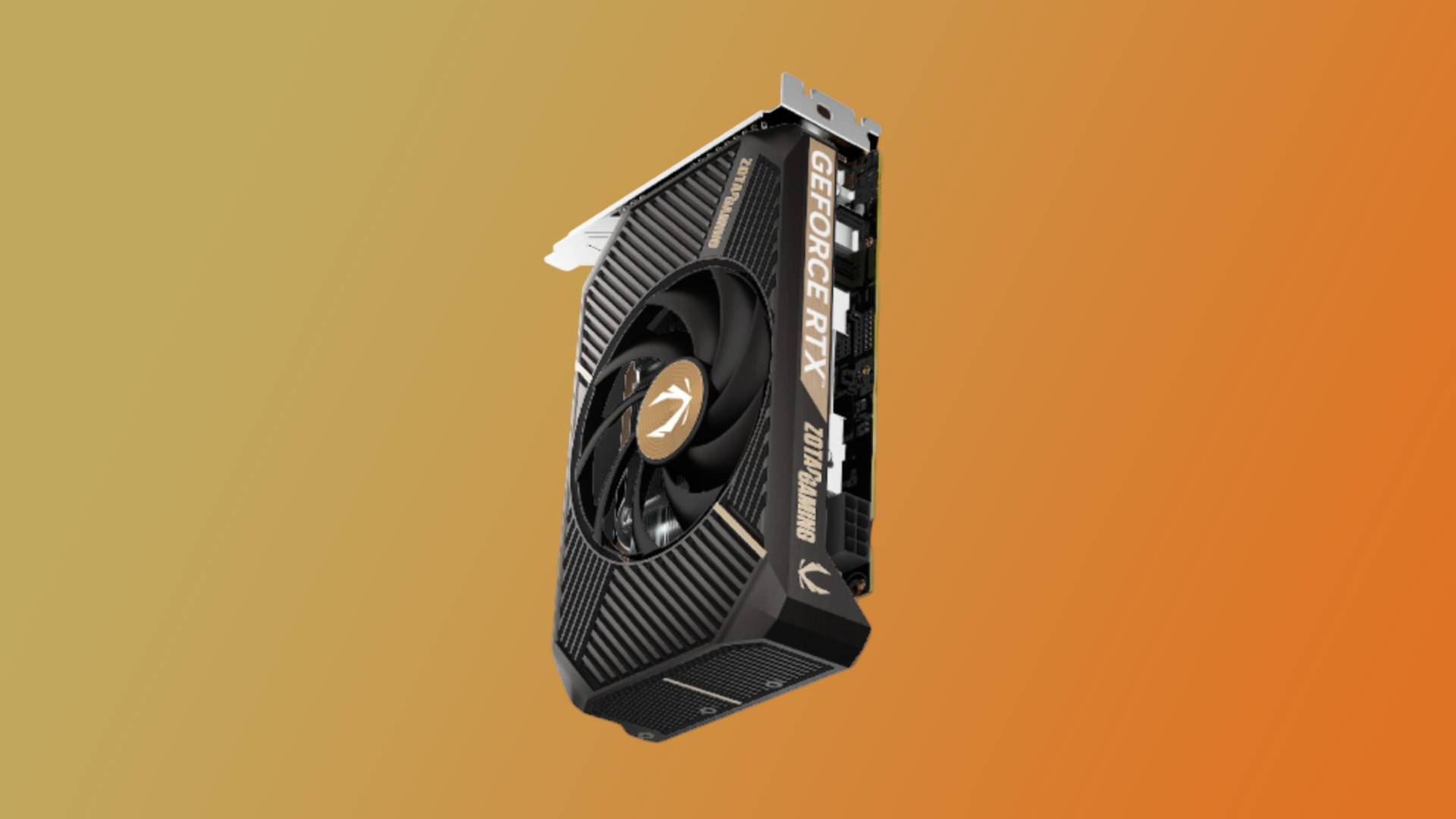Intel CEO Pat Gelsinger is not one to speak purely in PR friendly terms. With his engineering background, he has a deep understanding of Intel’s technologies, and isn’t afraid to voice his opinion on a variety of subjects—including Intel itself. Gelsinger was asked by Digit about what he considered to be Intel’s biggest misses. His answers were somewhat obvious to outsiders but nevertheless illuminating.
Gelsinger mentioned three areas he considered to be failures. They are Intel’s failure to make inroads into the smartphone market, the cancellation of the Larrabee general purpose GPU and Intel’s overcommitment to building bleeding edge foundries.
Intel is primarily known for its high performance CPUs in the enterprise, desktop and notebook spaces, but it failed to make an impact on the emerging smartphone market. It developed the Atom range of low powered CPUs but these were unable to compete with the efficiency of RISC based Arm SoCs. One can only imagine if the world’s smartphones contained x86 derived SoCs. Intel is a big company, but a few billion Intel-based smartphones would have left the company in an entirely different position.
Larrabee was a circa-2009 cancelled attempt at building a general purpose compute GPU and consumer graphics card family. It was something of a hybrid of the x86 architecture with the parallelism and graphical functionality of a GPU. Around 2010, GPUs were still used primarily for graphics applications and their use in high performance computing applications wasn’t anywhere near as pervasive as it is now. The lucrative GPGPU market is dominated by Nvidia today.
Gelsinger then talked about the acquisition of five AI based companies, all of which would have delivered more value if Intel had continued its Larrabee project. Intel could have been in a position to develop a hardware and software ecosystem suitable for satiating the incredible compute demands of present day AI applications.
Finally, he said Intel was “fundamentally biased to building a great foundry.” This comment is open to interpretation, but we do know that Intel has always wanted to position itself as a leader in semiconductor manufacturing. Perhaps Gelsinger feels as though Intel put too much emphasis on this point at the expense of the products themselves, even as competitors adopted fabless business models.
It’s well known that Intel’s 10nm node in particular faced development issues, partly as a result of being overly aggressive. One may recall Intel’s Tick-tock strategy where every new microarchitecture was followed by a die shrink with as little as a year between them. Intel abandoned this strategy after the release of the 6th Generation Skylake family. It was then followed by Kaby Lake (7th Gen), Coffee Lake and Coffee Lake refreshes (8th and 9th Gen), and Comet Lake (10th Gen). All of these similar families were made with the 14nm process. During this time TSMC gained a lead in manufacturing and AMD roared back to competitiveness with the launch of Ryzen.
Of course, Intel is forging ahead with its foundry plans, but this time around they will be open to customers, opening new streams of revenues.
It’s nice to see these kinds of candid admissions. No one can expect Intel or any other company to completely nail down every future trend. If the correct decisions were made, almost all our smartphones would house Intel derived processors, AMD and Nvidia would never have been threats in the desktop and HPC markets, and just about every significant fabless chipmaker in the world would be building chips in Intel’s fabs. If all of that happened, Intel would surely be the biggest company in the world, probably by a massive margin.











